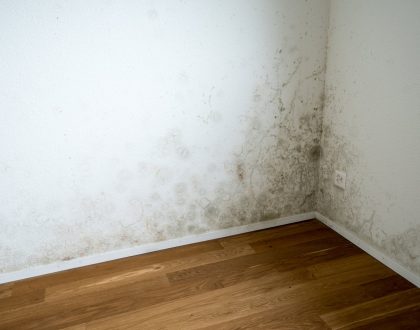You Bought a Pet Hoarder’s House: Now What?

Pet hoarding is a devastating condition; defined by the ownership of more animals than a person can care for. Often a person believes they are doing the right thing by taking in one pet, then another, until they have far too many to care for safely. A pet hoarder puts themselves and the animals they care for in danger, and pet hoarding often associates with mental illness.
You’ve recently purchased a home that belonged to a pet hoarder, and though the house has been cleaned out and all the animals are gone, the property needs a lot of work. The main problem with pet hoarding is this: too many animals in a single living space equal feces and urine on floors and walls, stains in carpeting, and a large amount of dander, hair, and even parasites floating around that are hard to get rid of.
Before you move into your new home, you need to have it professionally cleaned by a restoration company. Here are the things you should expect as part of the cleaning process.
Total Carpet Cleaning/Removal
Pet odors don’t just permeate the surface of carpeting; the stains embed deep inside padding under carpeting as well. Your restoration cleaning company crew will lift all carpets and padding and clean the subfloor underneath carpeting using special restorative chemicals and deep cleaning brushes, steam cleaners, and vacuums. Wood and other hard surfaces will be sanitized to remove both odors and bacteria caused by pet feces and urine.
Some carpeting will be unable to be salvaged, especially in rooms where pets mainly stayed. Follow the recommendations of your restoration cleaning crew and have carpets replaced in areas where it’s unsafe to leave carpet as-is, even if you hired a professional to clean the area.
Deep Wall/Ceiling Cleaning
Pet hair and dander sticks to walls and ceilings, causing odors and allergens to be left behind in the home. Your restoration cleaning crew will wash and sanitize all walls and ceilings in your home, including spaces in the attic and basement (if applicable).
It’s wise to have cupboards and cabinets where pet foods and litter have been stored previously. Any nook and cranny where a pet could have lived due to the crowded living space allowed should be steam cleaned and sanitized before use.
Complete Bathroom/Kitchen Sanitation
Pet hoarders often have an underlying mental condition that keeps them from being able to care for themselves properly, so it’s no surprise if the remainder of the home is in disrepair as well.
The bathroom and kitchen areas are the most bacteria-ridden in the home (even a normally clean house), so have these areas deep cleaned as well. Not only will cleaning these rooms give you peace of mind for your own future use, but the cleaning of bathrooms and kitchen area will also remove mildew and mold that are likely left behind by the previous owner.
Before moving into a home that was owned by a pet hoarder, have the space professionally inspected per recommendations by your restoration cleaning company. Once your home has been given the OK to move into, you can begin moving your belongings into your new living space.
When buying a home with pet hoarder damage you have a lot of cleaning and restoration projects ahead of you. Hire a company skilled in odor and moisture removal, as these professionals are best able to remove bacteria and stains from your home, and are skilled in locating mold, mildew, and other potentially dangerous damages left behind.
With professional restoration and care, your new home can be deemed safe to live in. Contact our team of restorative cleaning experts at DRC Fire & Water Restoration for all your deep-cleaning needs.
Recommended Posts

There may have never been a better time to have a trusted cleaning service than in 2020.
June 10, 2021

Why get your carpets professionally cleaned?
February 24, 2021

Flood Damage? 3 Longer Term Challenges to Prepare For
June 29, 2019
